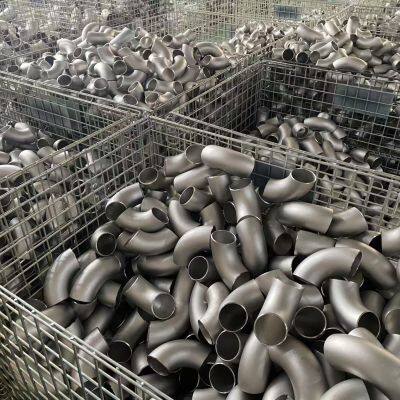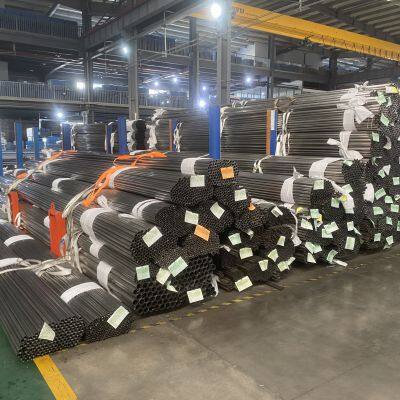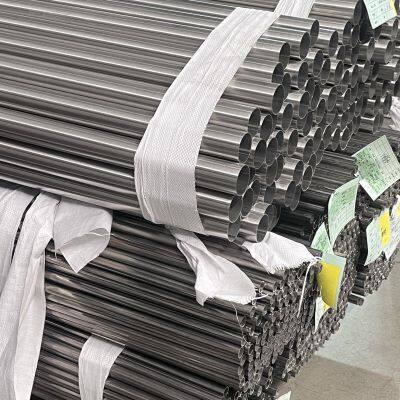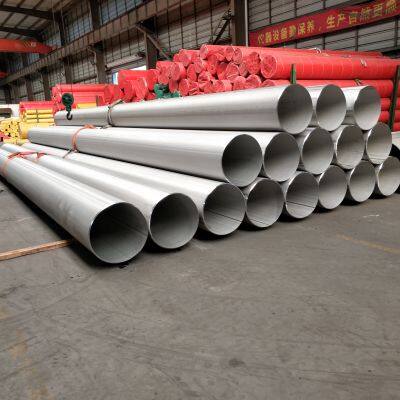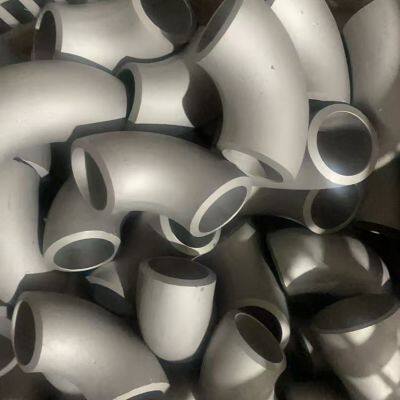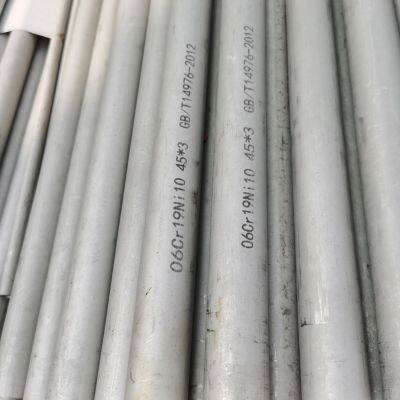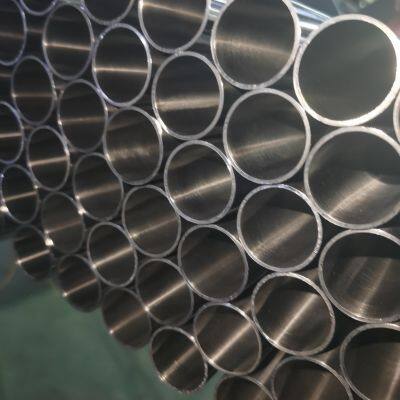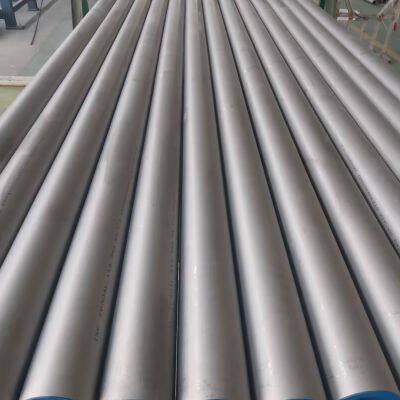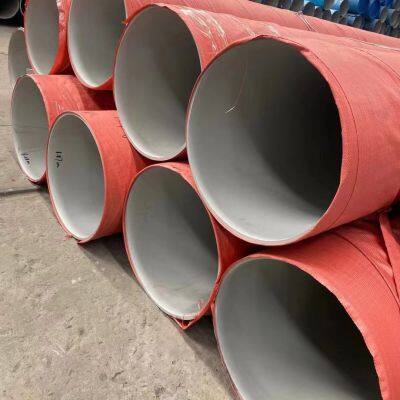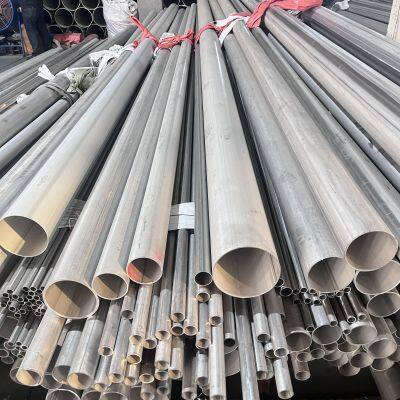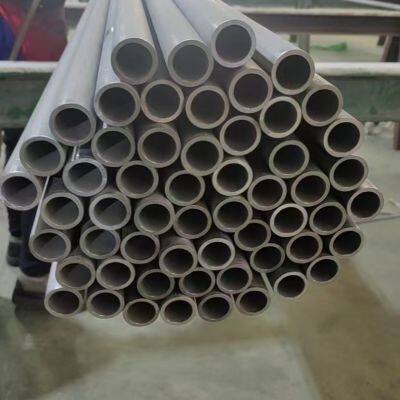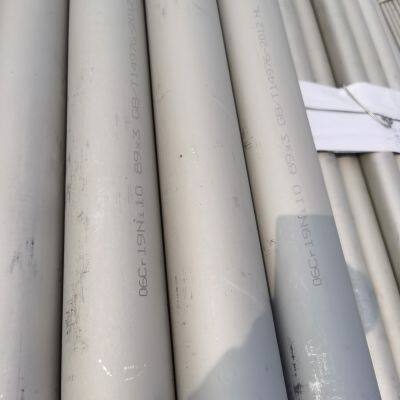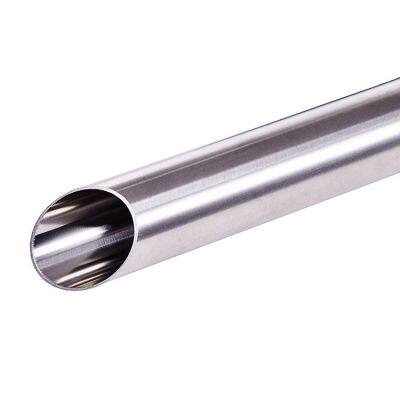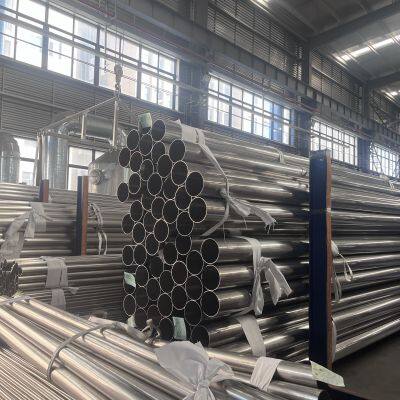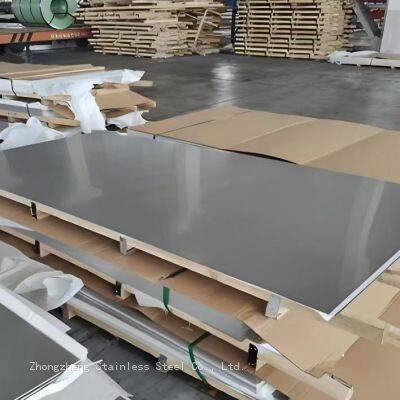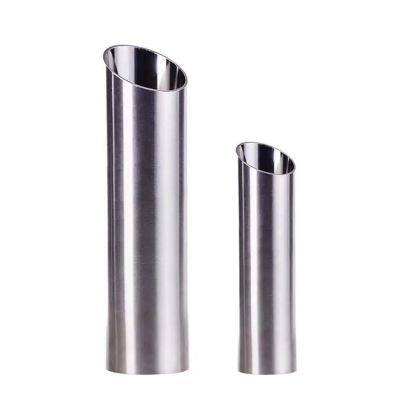What is the difference between 347H stainless steel pipe and 316L stainless steel pipe
There are significant differences in composition design, performance, and application scenarios between 47H stainless steel pipes and 316L stainless steel pipes. The following comparative analysis is conducted from six dimensions:
1、 Differences in core alloy elements
Picture (Picture 1)
2、 Key performance comparison
1. High temperature mechanical properties
347H
Tensile strength ≥ 515MPa (ASTM A213), allowable stress still above 100MPa at 600 ℃, maximum oxidation resistance temperature 850 ℃ (non pressure bearing components), suitable for high-temperature superheaters of supercritical power plant boilers (such as Huaneng Jinggangshan Power Plant's Φ 51 × 8mm steel pipe).
316L
The tensile strength is ≥ 520MPa (ASTM A312), but the high-temperature strength decreases rapidly, with a maximum operating temperature of about 590 ℃. It is mainly used for corrosion-resistant structures at room temperature or medium temperature.
2. Corrosion resistance performance
intergranular corrosion
347H undergoes niobium stabilization treatment and can pass intergranular corrosion testing (such as T method, L method) without the need for solution treatment after welding; 316L relies on ultra-low carbon (C ≤ 0.03%) to avoid sensitization, but the heat input needs to be controlled after welding to prevent carbide precipitation.
Pitting corrosion and crevice corrosion
The molybdenum content (2-3%) of 316L makes its corrosion resistance equivalent (PREN) reach 26, significantly higher than the 18 of 347H, making it more suitable for marine engineering (such as seawater desalination equipment) and chemical environments containing Cl ⁻.
molten salt corrosion
347H exhibits excellent performance in molten salt at 450-565 ℃ and has been applied to the storage tanks of Yumen Thermal Power Station; 316L has insufficient corrosion resistance due to the easy reaction of molybdenum with molten salt.
3. Processing and welding characteristics
cold-work
The 347H cold work hardening effect is significant and requires intermediate annealing (850-900 ℃); 316L has better processing performance and is suitable for complex molding (such as corrugated pipes).
procedure
347H
It is recommended to use niobium containing welding wire (such as ER347). During TIG welding, the heat input should be controlled to be ≤ 1.5kJ/mm, and the interlayer temperature should be ≤ 150 ℃ to avoid NbC precipitation and embrittlement.
316L
Using molybdenum containing welding wire (such as ER316L), the welding performance is good, and argon free flux cored welding wire (such as TGF-316L) can be used to improve on-site efficiency without strict preheating.
3、 Typical application scenarios
Picture (Picture 2)
4、 Processing technology and cost
1. Manufacturing process
347H
It is necessary to strictly control the hot rolling temperature (1150-1200 ℃) and solution treatment (1020-1100 ℃ water cooling) to ensure that niobium carbides are fully dissolved.
316L
The cold drawing and cold rolling processes are mature, and the cost of surface treatment (such as mirror polishing) is relatively low.
2. Market price
347H
The price of Φ 51 × 8mm seamless pipe in 2025 is about 28000-32000 yuan/ton, which is 10-15% higher than 316L.
316L
The price of the same specification is about 25000-28000 yuan/ton, with obvious cost-effectiveness advantages.
5、 Standards and Implementation Specifications
Image (Figure 3)
6、 Choose Suggestions
Prioritize the scenario of 347H:
High temperature environment (>550 ℃): such as power plant boilers and solar thermal power generation.
Components that cannot be heat treated after welding: rely on niobium stabilization to avoid intergranular corrosion.
Corrosion resistance to sulfides: such as hydrogenation units in oil refineries.
Prioritize the 316L scenario:
Chloride environment: such as marine engineering and chemical equipment.
Frequent welding and no post-treatment conditions are required: the ultra-low carbon characteristics reduce the risk of sensitization.
Cost sensitive universal corrosion-resistant structures, such as food machinery and medical equipment.
7、 Typical case
347H
Jiugang supplies pipes for the 50MW solar thermal project in Qinghai with a diameter of 108 × 12mm for molten salt storage tanks, with a cumulative welding length of over 10km, and can withstand high temperature molten salt corrosion at 565 ℃.
316L
The Saudi seawater desalination plant adopts a Φ 600 × 10mm pipeline, which can withstand Cl ⁻ concentration up to 50000ppm and has a service life of over 20 years.
Summary: The core difference between 347H and 316L lies in the alloying design of niobium and molybdenum. The former excels in high-temperature strength and intergranular corrosion resistance, while the latter has advantages in chloride corrosion resistance and processing economy. The actual selection needs to be comprehensively considered based on the operating temperature, corrosiveness of the medium, processing cost, and maintenance conditions.
Recently Posted
-
What are the differences between stainless steel pipes and copper pipes?
January 8, 2026Comparison of hygiene performance Stainless steel material is a type of material that can be implanted into the human body. I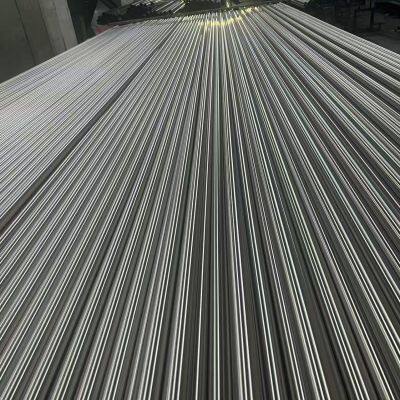 Read More
Read More -
What are the advantages of thin-walled stainless steel pipes
January 8, 2026Anti-fouling and corrosion-resistant One of the most obvious advantages of thin-walled stainless steel pipes is that they are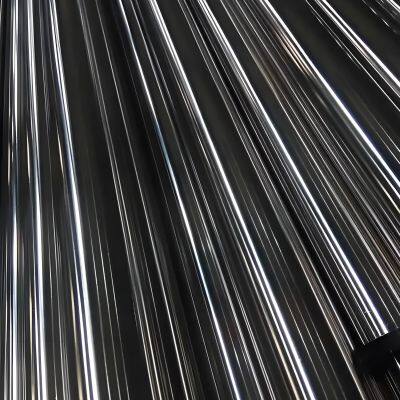 Read More
Read More -
The main factors influencing the selection of specifications for thin-walled stainless steel pipes
January 8, 2026The properties of the material Stainless steel is a kind of metal material with outstanding mechanical properties, exceptiona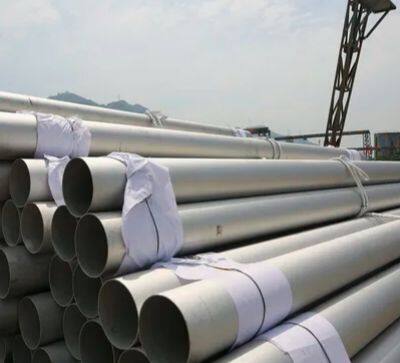 Read More
Read More -
How to detect weld defects in stainless steel pipes
January 8, 20261. Welding omission refers to the situation where there are welding points that are not properly welded during the welding process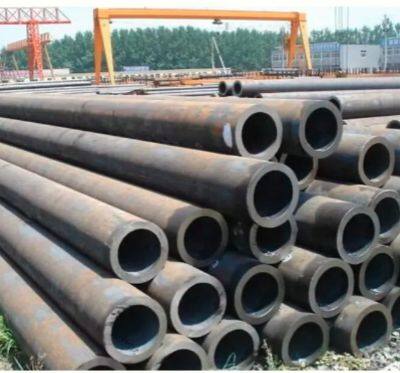 Read More
Read More



